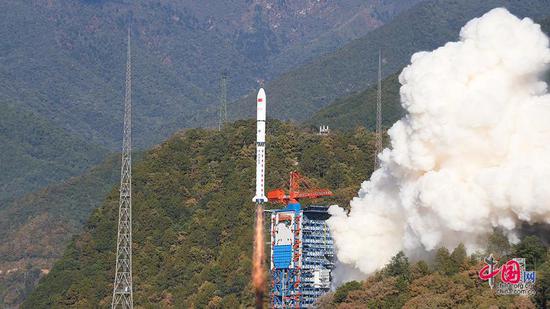
The ZQ-3 carrier rocket (Photo/Courtesy of LandSpace)
Beijing-based Chinese private aerospace company LandSpace on Saturday unveiled a reusable stainless steel carrier rocket ZQ-3, which is scheduled to test its first flight in 2025.
LandSpace's ZQ-3 is China's first liquid oxygen, methane-propelled reusable carrier rocket made of stainless steel. The first stage of the rocket can be used at least 20 times, LandSpace said in a statement sent to the Global Times.
The ZQ-3 has a total length of 76.6 meters and a diameter of 4.5 meters, with launch pad weight of 660 tons and 900 tons of take-off thrust. It integrates a carrier capacity of 21.3 tons for each low-Earth orbit launch mission and 18.3 tons for recovery missions.
The stainless steel structure can largely reduce the cost and time of launches, which is strongly resistant to high temperature. The engine system can commence its next flight after refueling without inspections by taking the system off the rocket, and reduce the general launch cost by 80 to 90 percent from regular carrier rockets, said LandSpace.
With the rapid deployment of the U.S.-based Starlink satellite constellation, the important strategic value of satellite internet in terms of global communication coverage has sparked competition in the aerospace field.
China's satellites internet constellation plan could include 20,000 satellites, and the total launch scale is likely to exceed 10,000 tons, Dai Zheng, the general manager of LandSpace's rocket research department, told the Global Times.
The superior launch capabilities and lower launch costs of SpaceX have enabled the Starlink satellite constellation to realize fast networking with the help of technological innovation and commercial operation models, according to Dai.
"The operation of satellite constellations requires the rapid deployment of a large number of satellites at different orbits in a short period of time. It has extremely high requirements for rocket launch capabilities," he said.
Industry insiders said the rapid development of China's commercial aerospace companies and homegrown cost-effective rockets will assist China's internet constellation construction plan.
The release of the ZQ-3 reusable came after the second successful launch of LandSpace's ZQ-2 Y3 rocket on Saturday from the Jiuquan Satellite Launch Center in Northwest China's Gansu Province, which sent three commercial satellites into planned sun-synchronous orbit at an altitude of about 460 kilometers.
Another Chinese private rocket start-up, Galactic Energy, on November 5 sent two commercial satellites into twilight orbit via its self-developed CERES-1 Y9 carrier rocket.
Zhang Changwu, CEO of LandSpace, said that China's strong industrial system is the reason behind the rapid development of commercial aerospace companies.
China's industrial system is the one with the most complete categories and the strongest large-scale production capacity in the world. China is home to many world-class enterprises in the fields of raw materials, propellants, precision processing, electronic information and electromechanical equipment required for rocket manufacturing, Zhang said.








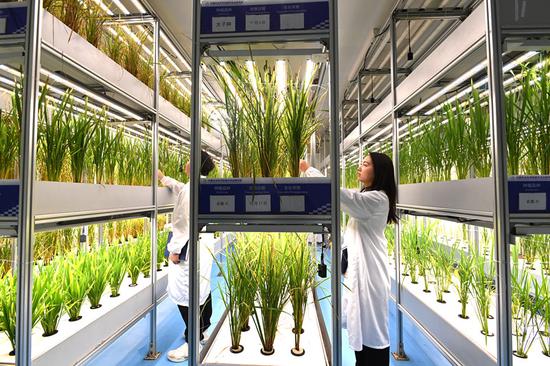




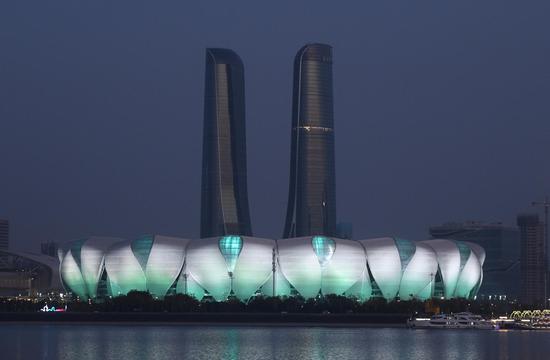







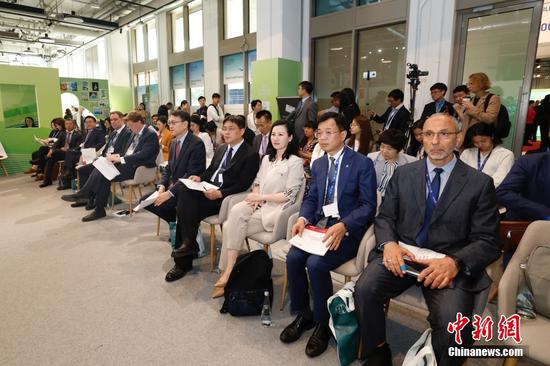


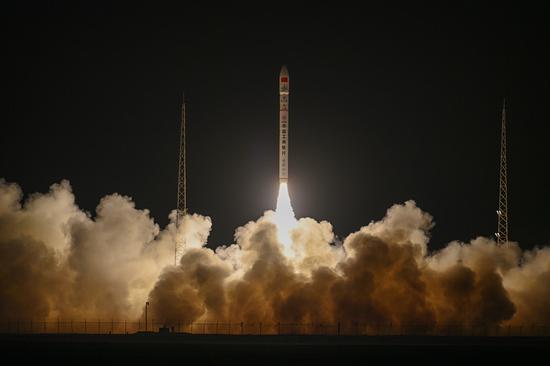




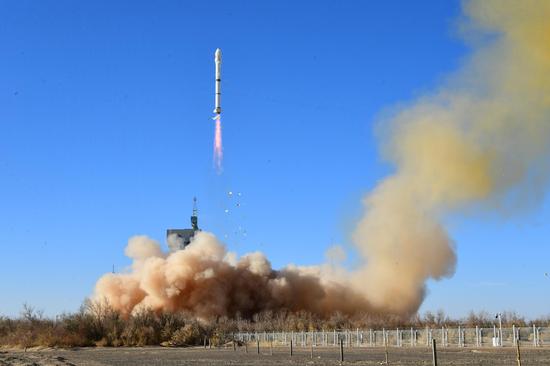


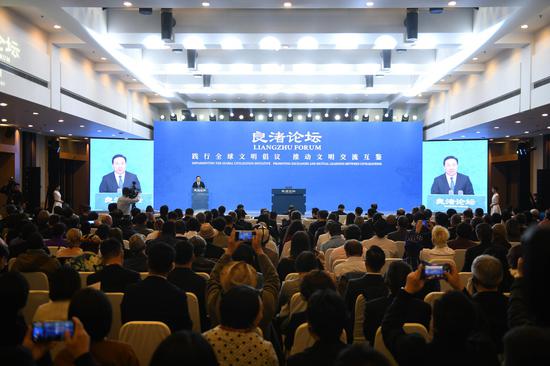





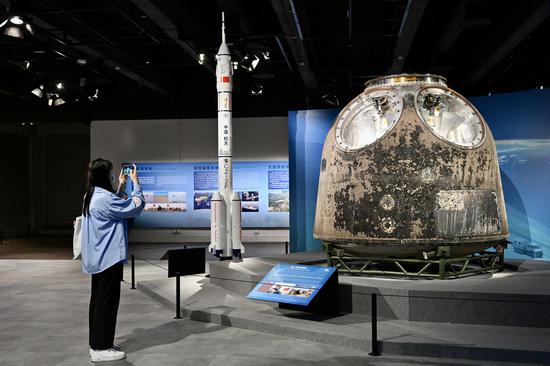











 京公网安备 11010202009201号
京公网安备 11010202009201号